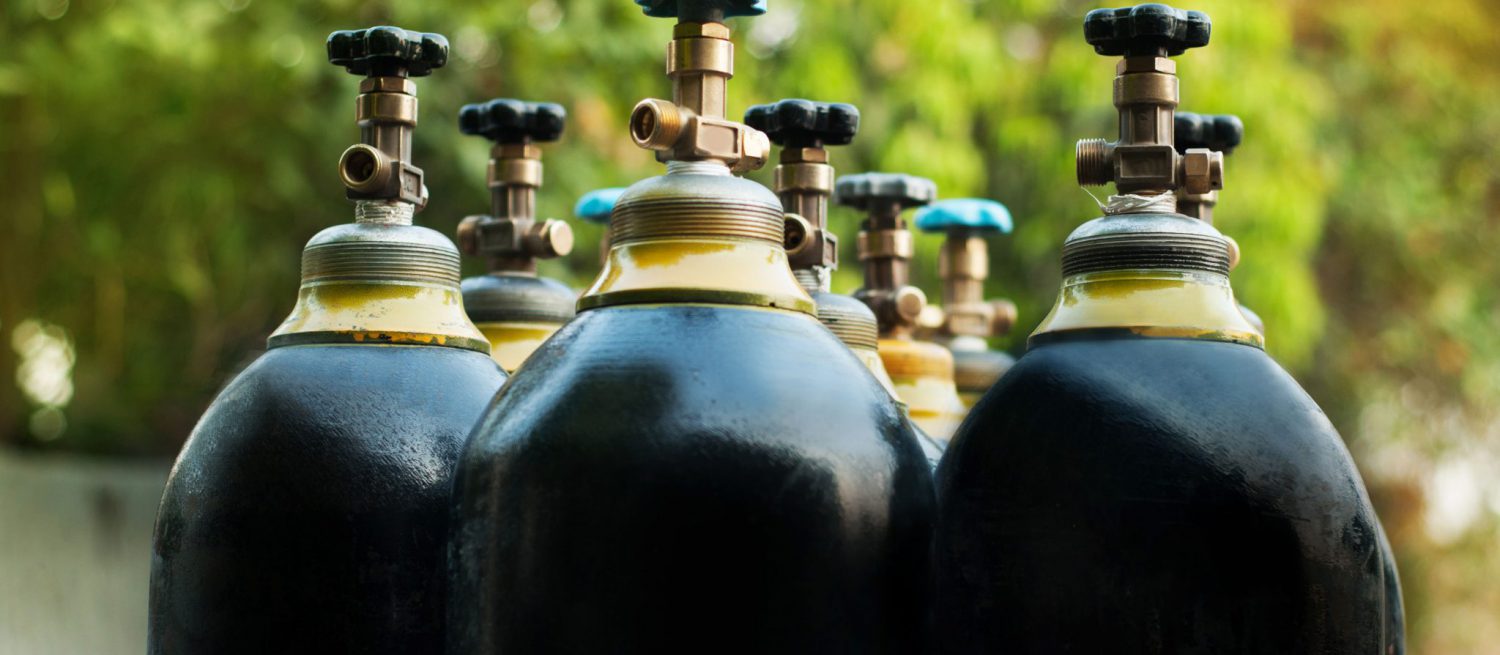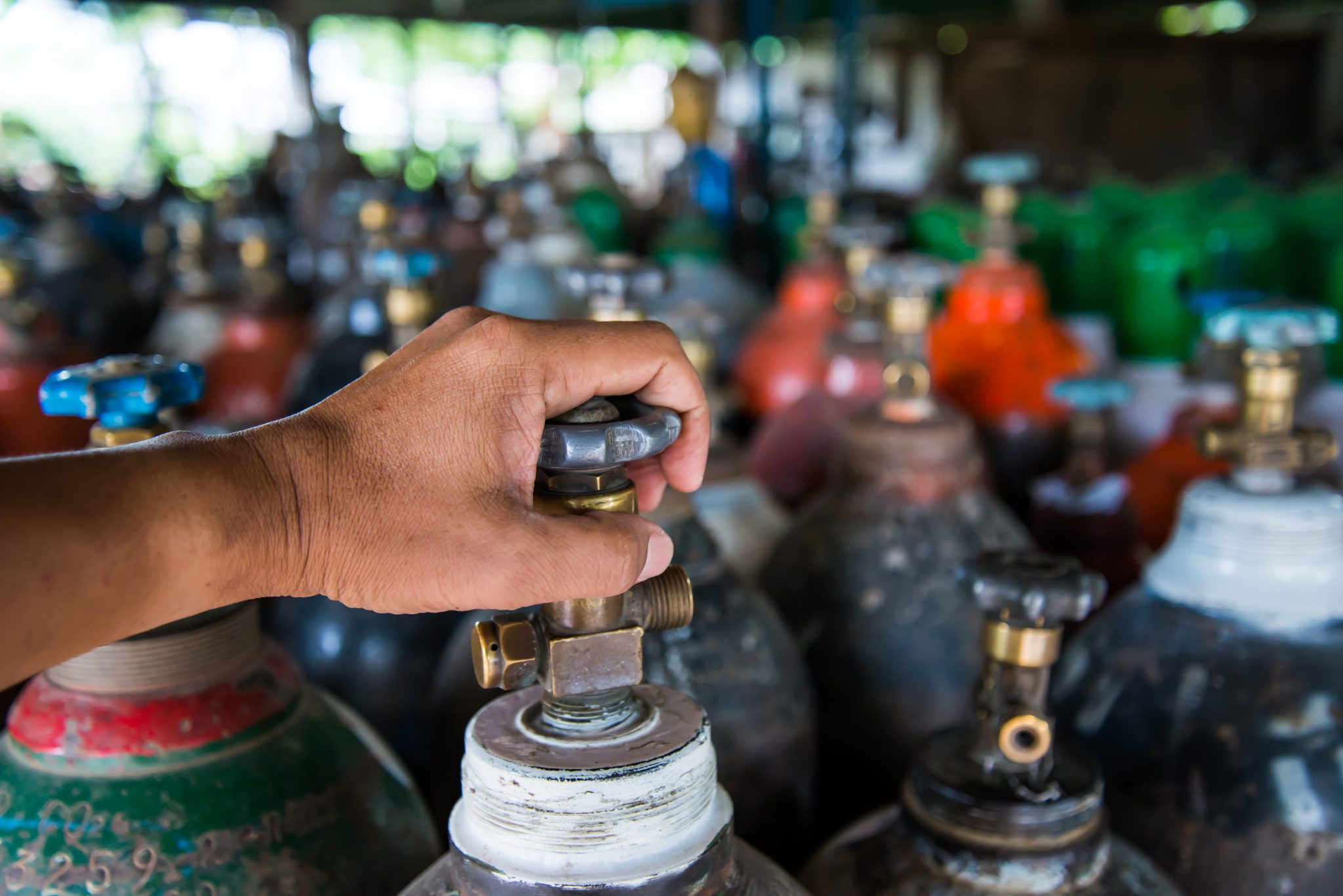

Cylinder Testing & Requalification
Hydrostatic testing
Hydrostatic testing is an essential part of quality control and is the industry standard for most testing. These tests are performed to determine the safety and structural integrity of a variety of objects including gas cylinders, storage tanks, plumbing systems and chemical pipelines. The testing ensures that the object can withstand liquid pressure without rupturing or leaking. This testing also provides confidence that the object can endure exposure to corrosive environments without weakening. Hydrostatic testing is routinely used by engineers after repairs or alterations to confirm that equipment has been rebuilt or repaired properly. It also maintains equipment compliance. The testing interval requirements vary, depending on the type of equipment and industry.
Working with a company that offers hydrostatic testing services can save money, time, and resources. Employees risk injuring themselves if they are not specifically trained to perform these tests. Rocky Mountain Air is a DOT-Certified hydrostatic testing facility.
Ultrasonic Examination Testing
The ultrasonic examination testing system uses sensors that send and receive signals. High-frequency sound waves are directional. Longitudinal waves are directed at a 90-degree angle. They expose any defects in the cylinders and measure wall thickness flaws. Shear waves enter the cylinder at a 45-degree angle. They can locate and expose cracks in the material from any direction. A common application for UE testing is ultrasonic thickness measurement. It’s helpful in assessing pipework corrosion. Ultrasonic flaw detectors are used in safety and quality-related applications and are considered more efficient and non-destructive than other testing methods. However, some industries prefer other methods that can test the bottom of the cylinders.
To ensure safety and accuracy, it’s important that testing is completed by experienced professionals. Inaccurate assessments can lead to costly repairs and expose your employees to unnecessary risk. Rocky Mountain Air has certified technicians that are specifically trained for UE testing. We’ll answer any questions you have to establish your confidence in the process.

Frequently Asked Questions
-
How do you test cylinders to ensure they are safe?
-
How do you fill cylinders with compressed gas?
-
Do you accept partially full cylinders of gas or liquid product as a return?
-
Common Applications of Hydrostatic Testing
-
Common Applications of Ultrasonic Examination Testing
